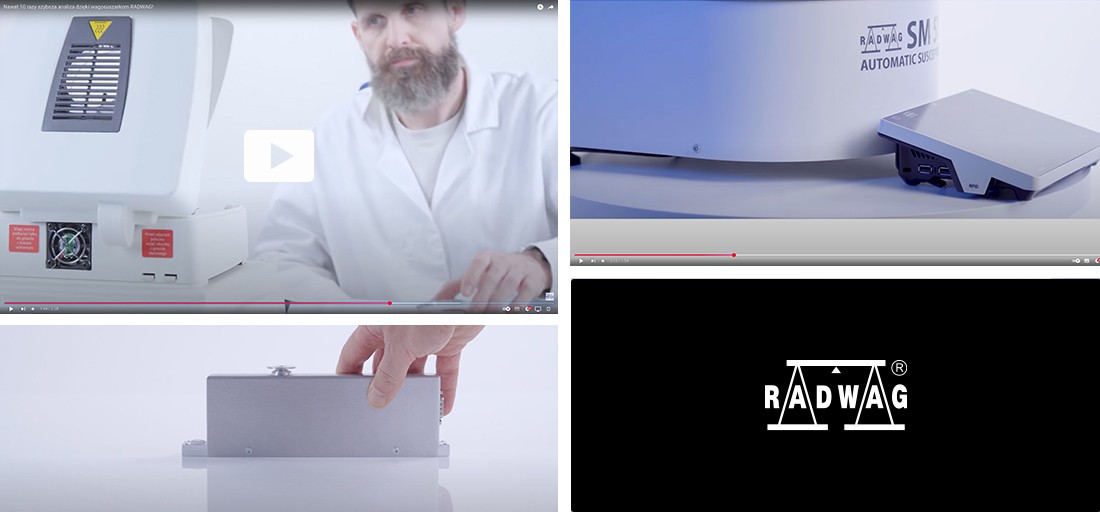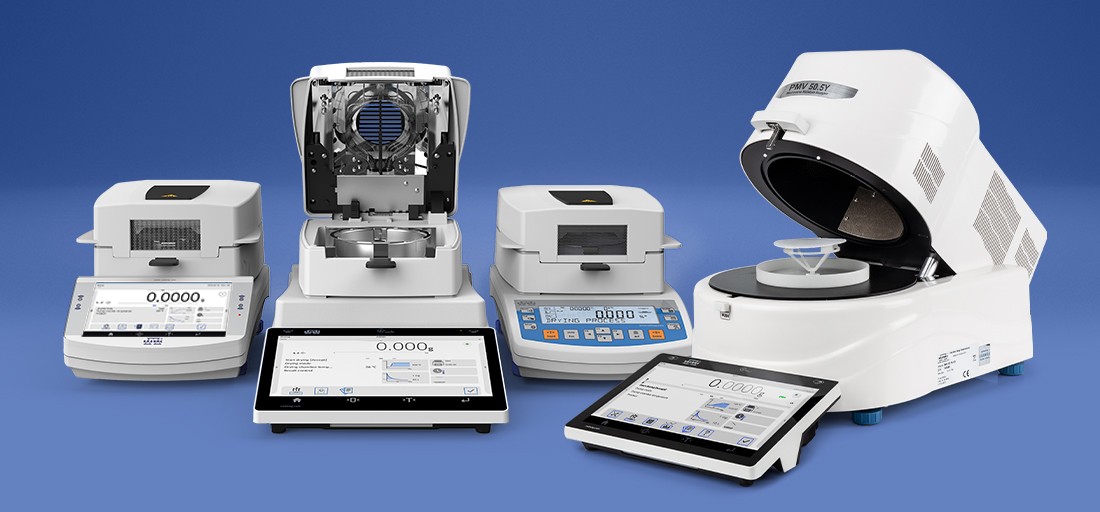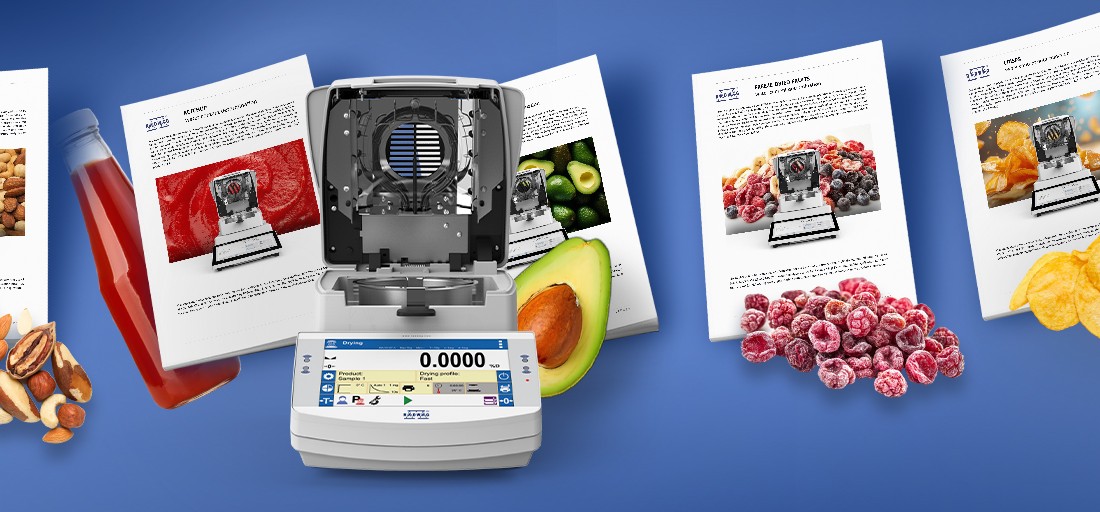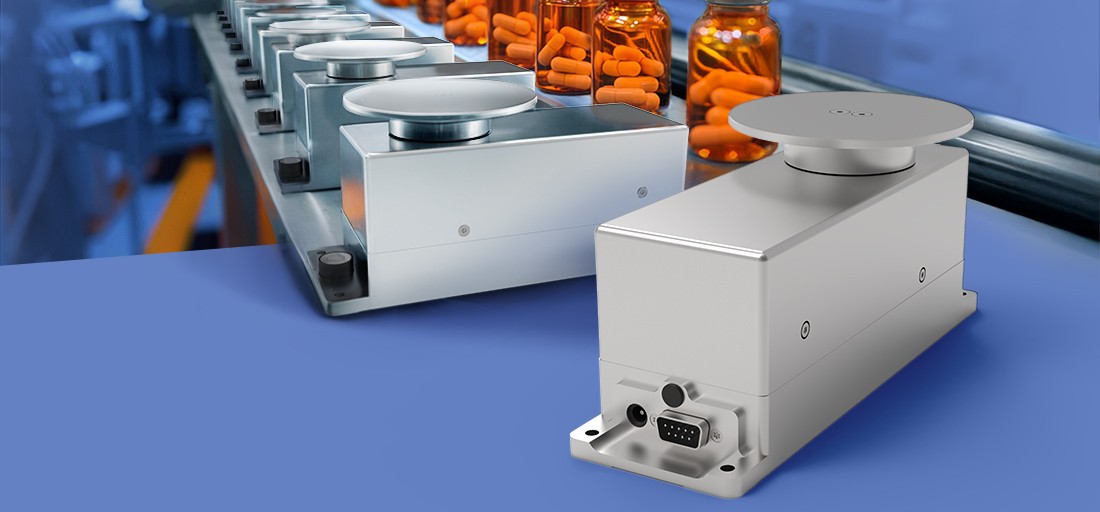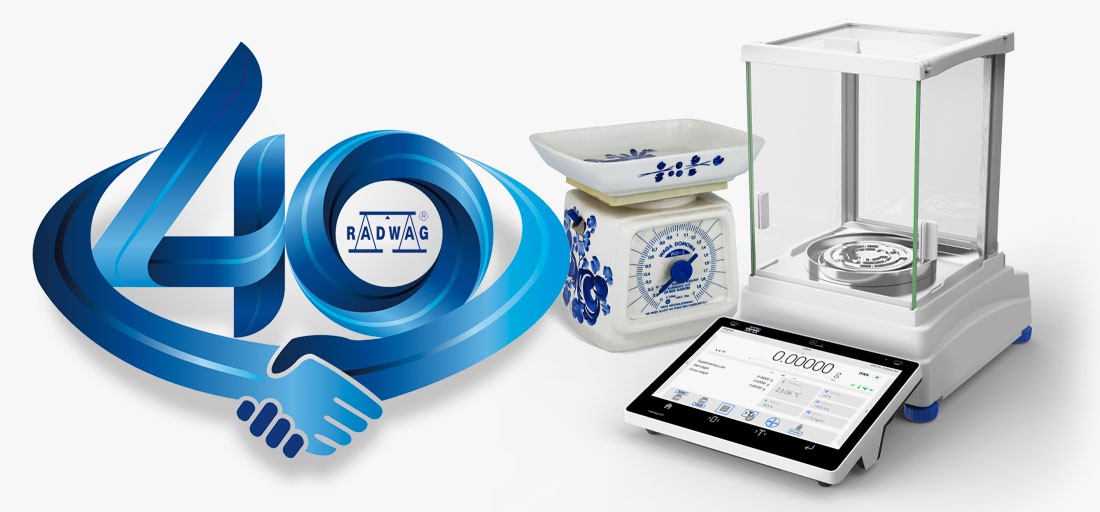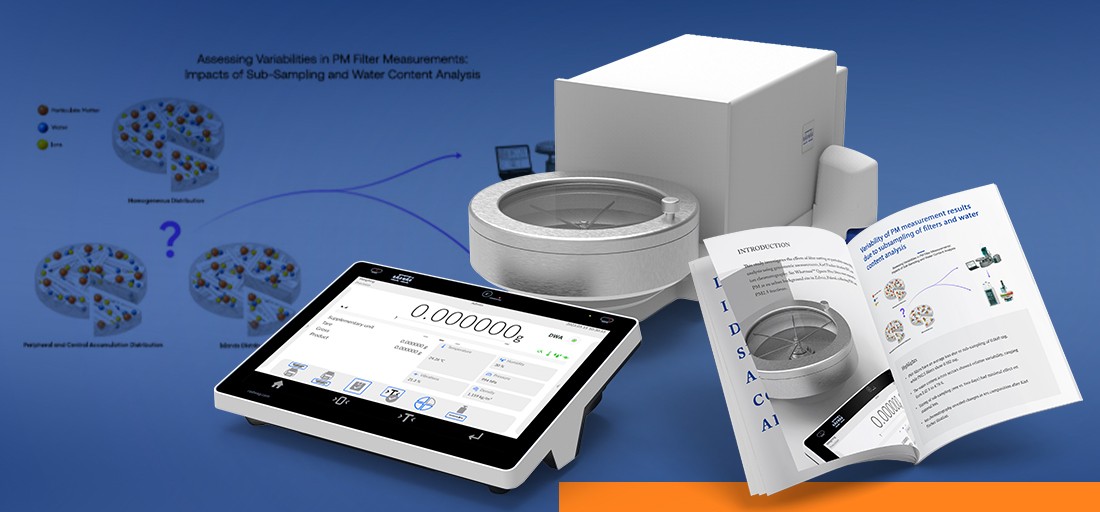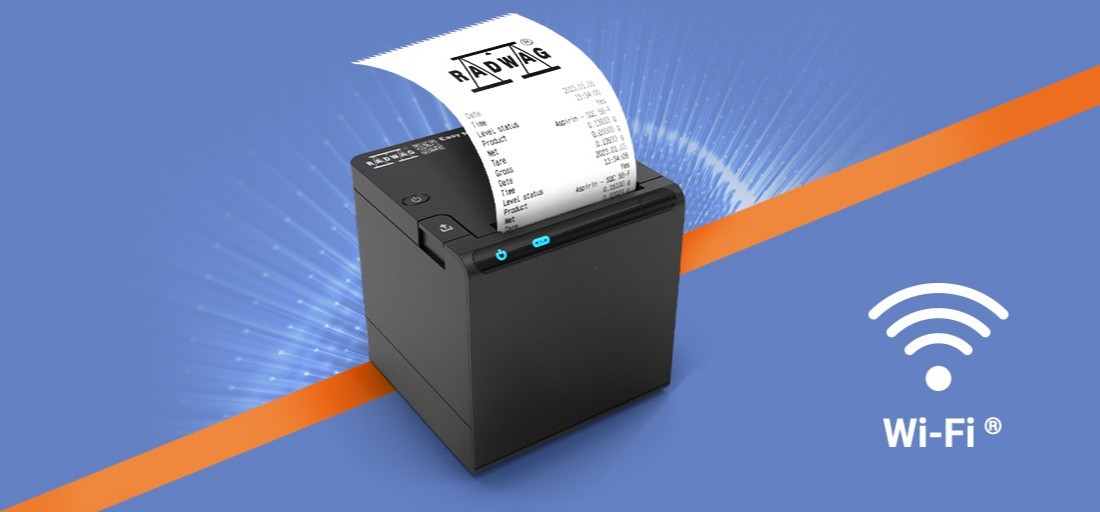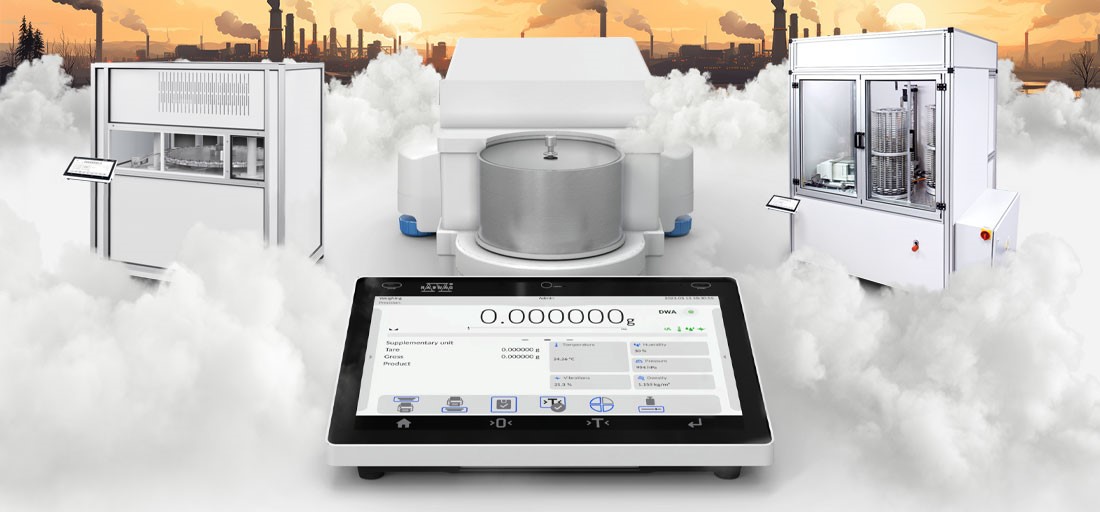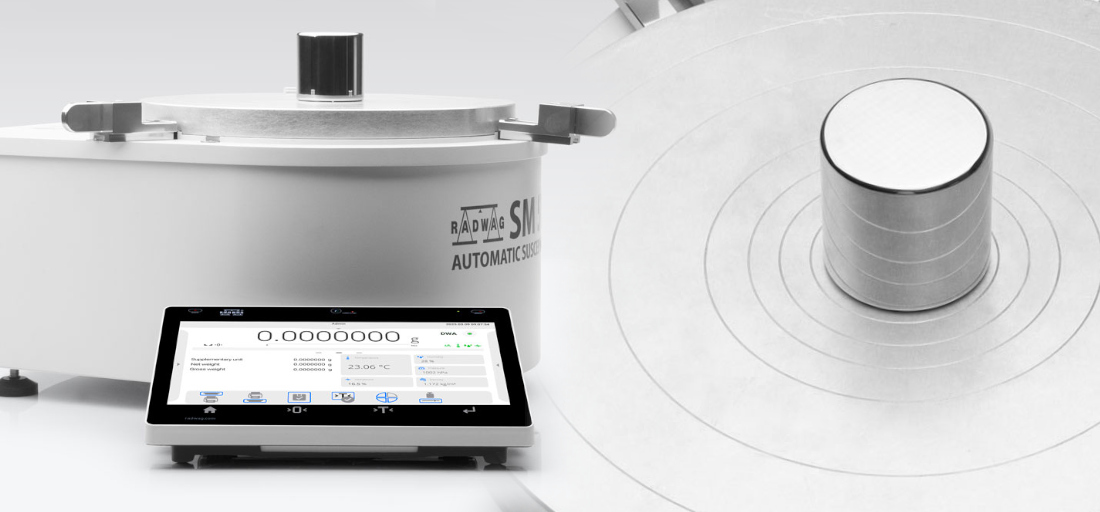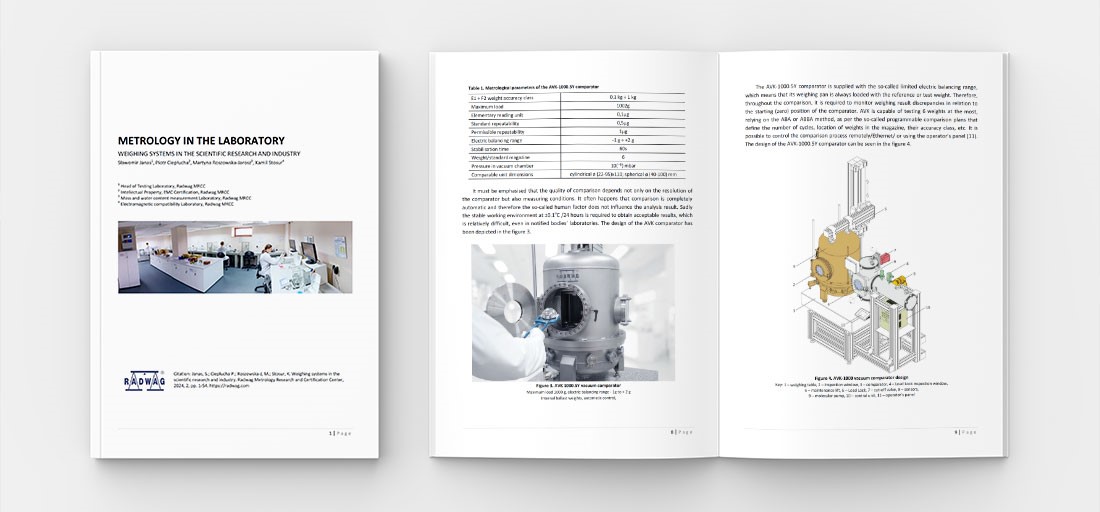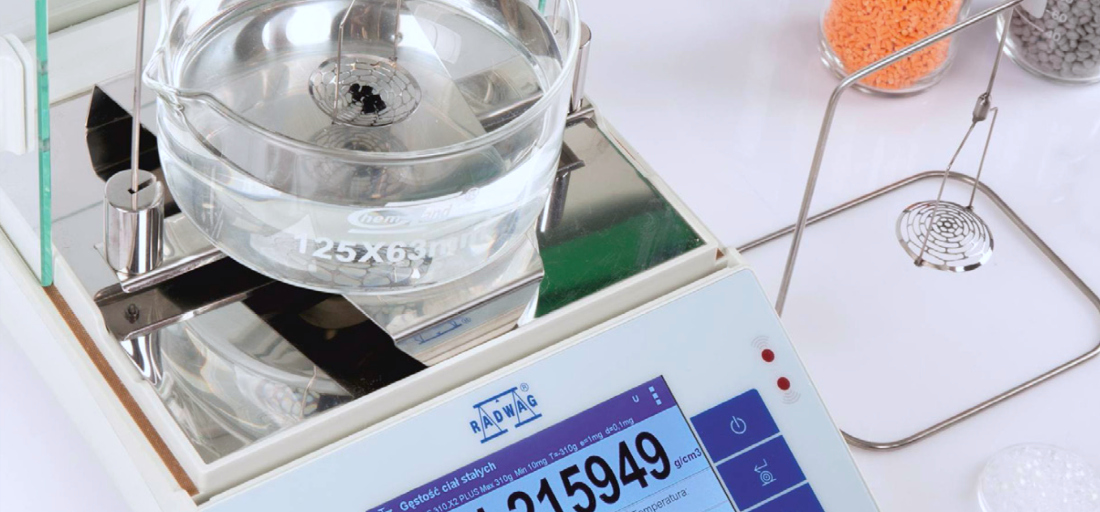Why Is the New Kilogram Better? On the Revolution in the International SI System of Units and the Redefinition of the Mass Standard.
/edited by Prof. Tadeusz Szumiata, PhD, UTH Radom/
Why Is the Old Mass Standard Too Old?
The kilogram standard was the last in the entire international SI system of measures to be based on an artefact. It was a cylinder of platinum and iridium (90% Pt and 10% Ir) with a height equal to the diameter of about 39 mm. It was given the name Le Grand K ("The Great K"). This standard was kept at the Bureau of Weights and Measures BIPM (Bureau International des Poids et Mesures) in Sèvres near Paris and had been in force since September 1889, by decision of the First General Conference of Weights and Measures (Conférence Générale des Poids et Mesures, CGPM). Over the decades, science and technology have developed and revolutionised the metrology of various physical quantities, but the standard of the kilogram has remained unchanged. There was a lack of rational ideas about how to change the mass standards, but eventually it became apparent that Le Grand K began to show different trends in long-term mass changes compared to the comparison copies. The reason for these changes was the difficult to monitor phenomena of loss or absorption of atoms on the surface of individual standards.
Fig. 1. A replica of the existing international mass standard (Le Grand K) in Sèvres near Paris.(https://en.wikipedia.org/wiki/International_Prototype_of_the_Kilogram#/media/File:Prototype_kilogram_replica.JPG)
As reported by the world's most prestigious scientific journal, NATURE [1], over the century the mass difference between the superior standard (Le Grand K) and the reference copies has been as much as 50 micrograms (Figure 2).
Fig. 2. Long-term mass changes of secondary international and national standards in comparison with the superior mass standard (Le Grand K) published in NATURE [1]. https://www.nature.com/articles/d41586-018-07424-8
This was a serious warning signal, but also a strong motivation to work on an innovative kilogram standard based not on a material object but on physical phenomena and constants. The first recommendations in this respect were made by the 23rd General Conference on Weights and Measures, CGPM, in 2007 and the CCM BIPM (Consultative Committee for Mass and Related Quantities) in 2010. However, the real revolution in mass metrology and the entire SI system of measures came in 2018 and 2019.
What Does the Revolution in the International System of SI Units Consists Of?
Representatives of national metrological institutions from around the world attending the 26th Conférence Générale des Poids et Mesures (CGPM) in Versailles in autumn 2018 decided by democratic vote that the SI would be based on fixed numerical values of a set of seven physical constants, from which the definitions of the seven SI basic units would be derived (Figure 3). This amendment became effective on May 20, 2019.
Fig. 3. Relations between fundamental physical constants and basic SI units after redefinition. https://en.wikipedia.org/wiki/2019_redefinition_of_the_SI_base_units#/media/File:Unit_relations_in_the_new_SI.svg
The redefined SI does not impose specific realizations of unit standards, but requires that, once introduced, the fundamental physical constants take values in measurements that are as close as possible to the top-down and completely fixed definition values, whereby:
- the unperturbed ground-state hyperfine transition frequency of the caesium 133 atom, ΔνCs, is 192 631 770 Hz.
- the speed of light in vacuum, commonly denoted c, is 299 792 458 m/s,
- the Planck constant h is 6.626 070 15 × 10-34 J s,
- the elementary charge e is 1.602 176 634 × 10-19 C,
- the Boltzmann constant k is 1.380 649 × 10-23 J/K,
- the Avogadro constant NA is 6.022 140 76 × 1023 mol-1,
- the luminous efficacy of monochromatic radiation of frequency 540 × 1012 Hz, Kcd, is 683 lm/W.
The unit of mass was conventionally related to the Planck constant h (which is the fundamental constant of quantum physics), but in reality it was necessary to relate it also to two other constants (the speed of light c and the frequency ΔνCs of the caesium atomic clock). Formally, the new definition of kilogram is as follows: „The kilogram, symbol kg, is the SI unit of mass. It is defined by taking the fixed numerical value of the Planck constant, h, to be 6.62607015×10−34 when expressed in the unit J·s, which is equal to kg⋅m2⋅s−1, where the metre and the second are defined in terms of c and ∆νCs”.
What Is a Watt-Kibble Balance and How Does It Work?
The global mass metrology community has selected the Watt-Kibble balance [2] from several considered implementations of a new mass standard. It is named after the inventor, Bryan Kibble of the UK's National Physical Laboratory (NPL), who developed the first concept back in 1975 (at the time he used the name 'Watt balance'). Like any modern laboratory balance, it is designed to balance the weight of a test mass by the electrodynamic force generated by an electric current flowing through a coil located in an external magnetic field. Its source is a magnetic circuit consisting of, among others, strong permanent magnets or a stationary electromagnet. The moving coil, when a current is flowing through it, becomes an actuator’s electromagnet with a load strength proportional to the value of the external magnetic field and the electric current, which value is adjustable. The Watt-Kibble balance operates in two modes: in static weighing mode and in dynamic calibration mode (Fig. 4).
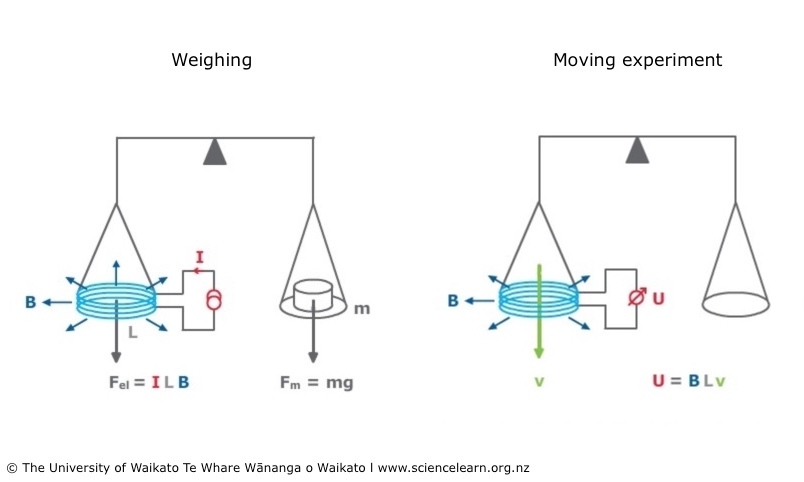
Fig. 4. Two working modes of the Watt-Kibble balance: Weighing mode and Moving experiment – a dynamic calibration mode. https://www.sciencelearn.org.nz/images/2288-weighing-experiment
Weighing Mode (Force Mode)
In this mode, the test mass is placed on a weighing pan attached to the coil. The mass exerts a downward force which is its weight equal to the product of the mass (m) and the local gravitational acceleration (g). The current through the coil is adjusted so that the upward electrodynamic force precisely balances the force of gravity. When the system reaches equilibrium, the current value is recorded. The electrodynamic force is given by the simple equation: F = I*B*L, where I is the electric current, B is the magnetic field, and L is the length of the coil wire. At equilibrium, the value of the force F is equal to the weight of the test mass m*g. Unfortunately, these simple relations are not sufficient to realise a mass standard because the value of the product B*L is extremely difficult to measure directly with the necessary accuracy. However, physics offer another solution to this problem. Namely, using the Faraday's law of induction, which predicts the formation of an electric voltage in a conductor when the flux of the magnetic field changes. It will be exactly proportional to the strength of the magnetic field, the speed of the coil in relation to the magnet and the length of its winding. It is the primary motivation for carrying out the second mode of the Watt-Kibble balance.
Calibration Mode (Speed Mode)
In this case, the test mass is removed from the balance, and the current supplied by the coil is switched off. The coil is then moved in a magnetic field at a precisely controlled, constant speed v. The resulting induced voltage is measured. Its value from Faraday's law of induction is V = v*B*L. When this equation is combined with the formula m*g = I*B*L resulting from the balance of forces in the weighing mode, the unknown quantities B and L are eliminated and the relation I*V = m*g*ν is obtained, suggesting that if in the calibration mode we did not remove the weight and turn off the current, then, as expected, the electrical power would equal the mechanical power. As both quantities are expressed in watts, the original name of the device described was "Watt balance". However, the most important practical conclusion resulting from the last equation is that mass can be determined as follows:
m = I*V/g*v.
All the quantities on the right side of this equation can be determined with remarkable precision: current and voltage using quantum electrical effects, the local gravitational field using an ultra-sensitive device called an absolute gravimeter, and the speed of the coil by tracking its movement using laser interferometry (which offers precision in measuring the position of the coil to within a fraction of the wavelength of laser light).
How Did Quantum Physics and the Planck Constant Revolutionise Mass Metrology?
If the implementation of the new mass standard is reduced to the measurement of simple electrical quantities and to the speed and acceleration of the Earth, why is this standard assigned a relationship to the Planck constant h in the redefined SI system? The Planck constant was introduced at the beginning of the 20th century to correctly describe the smallest portions of energy E of radiation, i.e. photons moving at the speed of light c. The Planck's formula predicts that a quantum of energy is E = h*ν, where ν is the wave frequency of the radiation.
If the photon had mass, then on the basis of Einstein's most famous formula for the mass-energy equivalence E = m*c2, one could easily relate mass to the Planck constant and reduce mass metrology to ultra-precise time (frequency) measurements. Unfortunately, photons are massless particles, so Einstein's famous formula does not apply to them. On the other hand, mass is attributed to electrons, which are the elementary carriers of electric charge responsible for all electromagnetic phenomena, both macroscopic and at the atomic scale, where the laws of quantum physics apply.
The current in the Watt-Kibble balance is measured using a standard resistor in a circuit. The value of electrical resistance can be determined with a precision of about 1 part per billion by referring to the so-called von Klitzing constant, which describes the elementary jump (quantum) of transverse resistance that occurs when the magnetic field changes in a phenomenon known as the quantum Hall effect. The electrical voltage is measured with an accuracy of 1 part per 10 billion by means of the Josephson effect, which predicts a metrologically strict proportionality between the value of the voltage applied to the superconductor-insulator-superconductor junction (Josephson junction) and the frequency of the electromagnetic radiation generated.
In practice, the Josephson effect is the world standard for quantifying voltage, and the quantum Hall effect is the world standard for electrical resistance, although neither the volt nor the ohm is the basic SI unit. The Electrism and Magnetism Laboratory in the Central Office of Measures in Warsaw (GUM) has for many years had professional realisations of both standards (Fig. 5).
Fig. 5. National measurement unit standards of constant electric voltage (left photo: Josephson connectors with cryogenic system) and resistance (right photo: cryogenic system for realisation of quantum Hall effect) functioning in the Central Office of Measures in Warsaw since 2003 and 2016, respectively. (www.gum.gov.pl)
When we combine the previously deduced formula for calculating the mass tested on the Watt-Kibble balance with the formulas describing the quantum Hall effect and the Josephson effect, we obtain a close proportionality between the value of the mass m and the value of the Planck constant h:
m = h*[n2/p]*[ff*fc]/[4*v*g],
where n is the number of Josephson junctions in the voltage standard, p is the number of the resistance "step" in the quantum Hall effect, ff is the frequency of the radiation from the Josephson junction used to measure the voltage across the standard resistance in the balance circuit in force mode, and fc is the analogous frequency corresponding to the measurement of the voltage induced in the balance coil operating in dynamic mode (calibration mode).
How Does the Implementation of the Watt-Kibble Balance Looks Like at the BIPM (Sèvres)?
The designers of the Watt-Kibble balance at the International Bureau of Weights and Measures in Sèvres near Paris (Bureau International des Poids et Mesures, BIPM) used the axial, single-arm geometry of the Watt-Kibble balance (Fig. 6), which simplifies the design but causes problems with the mechanical balance of the system - compared to the classical two-arm geometry of mechanical balances. A compensating mass comparator was used to hold the weight of the moving axial element of the balance. The single-axis geometry allows the balance to be easily placed in a vacuum chamber, with the provision of a vacuum being a prerequisite for the Watt-Kibble to function properly in both weighing and calibration mode.
Fig. 6. The Watt-Kibble balance at the BIPM (Sèvres). https://www.bipm.org/en/mass-metrology/kibble-balance
The Watt-Kibble balance at the BIPM has several innovative features. One of them is the possibility of simultaneous operation, combining elements of weighing and calibration modes. Another distinguishing feature of the design is the optimised magnetic circuit using two high-grade samarium-cobalt magnets and a Fe-Ni alloy shackle (magnetically softer than steel). A high radial uniformity of the magnetic field in the gap, its relatively high value (up to 0.5 T) and perfect thermal stability were obtained thanks to it. The designers are also testing the use of electrostatic actuators to move the coil (instead of conventional, stepper electromagnetic motors). This will enable exceptional precision in coil movement and eliminate the influence of magnetic fields. A high-precision optical system has also been designed to track the position and speed of the coil. The most advanced heterodyne interferometers and lasers with high emission stability were used for this purpose. Watt-Kibble balances have been constructed in many national metrology institutes around the world, and now the BIPM is coordinating a new phase of the kilogram dissemination process through inter-laboratory comparisons [3].
How Does RADWAG Product Range Facilitate the Transfer of Mass Standards After Redefinition?
The implementation of a new mass standard in the form of the Watt-Kibble balance did not eliminate the need for material artefacts as secondary standards and calibration weights. However, the requirements relating to ensuring mass consistency in the mass standard transfer and dissemination process have increased.
RADWAG met this demand and designed an automatic vacuum mass comparator, the AVK-1000 (Fig. 7.), with a maximum capacity of 1 kg and a reading unit of 0.1 μg. The device offers measurements in a vacuum of 10-6 mbar or in a noble or neutral gas atmosphere. Vacuum or the provision of constant pressure eliminates mass comparison errors associated with imperfect air buoyancy force compensation. The instrument is designed for the calibration of traditional cylindrical steel standards (22-95 mm diameter) and silicon spheres (40-100 mm diameter), which were considered as alternative (to the Watt-Kibble balance) mass standards after the redefinition of the SI system, and were eventually recognised as the best practical density standard. The AVK-1000 vacuum comparator is equipped with the LOAD LOCK mass standard transport system. It makes it possible to replace or add artefacts without changing the atmosphere inside the main chamber of the comparator, reducing measurement time by 90%.
The AVK-1000 automatic vacuum mass comparator has been working for several years in the Mass Laboratory of the Central Office of Measures in Warsaw. The measurement precision offered by this device and the technological solutions used in it may be a good starting point for the Polish Watt-Kibble balance project in the future [4].
Fig. 7. The AVK-1000 automatic vacuum mass comparator manufactured by RADWAG installed in the Mass Laboratory of the Central Office of Measures in Warsaw.
How, After Redefining the SI System, Has RADWAG Become a Global Leader in Mass Metrology in the Nano Range?
RADWAG, as the first company in the world, introduced an automatic nano mass comparator under the symbol NANO.AK-4/500N (Fig. 8) with a record-breaking readability of 10 ng and a maximum capacity of 510 mg [5]. This comparator features significantly better characteristics than other devices of its kind on the market and represents a breakthrough in global mass metrology. Improvements to the actuator and the coil [6] have minimised the effect of ambient conditions on the measurement results, particularly for the humidity gradient. The standard deviation calculated from 20 repeated cycles of ABBA calibrations was 38 ng [6] for the 2 mg weight. This is currently the best measurement repeatability available in small mass metrology. These results confirmed unequivocally that the innovative design of the NANO.AK-4/500N mass comparator enables calibration of weights with nanogram readability.
Fig. 8. The world's first automatic nano mass comparator (NANO.AK-4/500N, RADWAG).
The arrival of the world's first mass comparator with a readability of 10 ng allows the validation of material mass standards for the calibration of laboratory microbalances used in a wide range of industries, calibration laboratories and research within various disciplines.
A typical area of application is the calibration of microbalances used in the pharmaceutical industry for the preparation of new formulations. A very important application example is any physico-chemical study of materials (chemical analysis, spectroscopy), where the measured physical quantities and elemental contents are related to a precisely determined mass. Particularly important is the gravimetric calibration of PM10 and PM2.5 particulate matter meters which is crucial for ambient conditions monitoring. Another area of application is the modern electronics and mechatronics industry, where the calibration of micro- and nano-actuators and sensors, among others, is becoming a particularly important issue.
The constructed nano-comparator fits into the global system of mass metrology, which, after the revolutionary SI changes of 2018, recommends the construction of an independent intangible standard for the low mass range [2, 4, 7] in the form of a miniature Watt-Kibble balance.
References:
[1] E. Gibney, „Largest overhaul of scientific units since 1875 wins approval”, NATURE NEWS, 16 November 2018, https://www.nature.com/articles/d41586-018-07424-8
[2] S. Schlamminger, D. Haddad, „The new International System of Units – The Kibble balance and the kilogram”, Comptes Rendus Physique 20 (2019) 55-63, https://doi.org/10.1016/j.crhy.2018.11.006
[3] S. Davidson, M. Stock, „Beginning of a new phase of the dissemination of the kilogram”, Metrologia 58 (2021) 033002 (4pp), https://iopscience.iop.org/article/10.1088/1681-7575/abef9f
[4] T. Szumiata, M. Dobieszewski, A. Hantz, W. Wiśniewski, J. Szutkowski, A. Podgórni, M. Janeczko, „Analiza strategiczna polskiego projektu wagi Kibble’a”, METROLOGIA I PROBIERNICTWO, Biuletyn GUM nr 1 (22)/2019, https://www.gum.gov.pl/ftp/pdf/Biuletyn/Artykuly/Analiza_strategiczna_polskiego_projektu_wagi_Kibble___a.pdf
[5] Broszura produktowa (2021) z oferty firmy RADWAG: „Automatyczny nano komparator masy NANO.AK-4/500”, https://radwag.com/pl/automatyczny-nano-komparator-masy-nano-ak-4-500,w1,R6X,110-106#4
[6] M. Solecki, T. Szumiata, M. Rucki, „A new design of an automatic mass comparator with the resolution of 10 ng for calibration of masses below 2 mg” (2021), artykuł wysłany do Precision Engineering (Elsevier)
[7] L. Chao , F. Seifert, D. Haddad, J. Stirling, D. Newell, S. Schlamminger, „The design and development of a tabletop kibble balance at NIST”, IEEE Transactions on Instrumentation and Measurement, 68 (2019) 2176-2182, https://ieeexplore.ieee.org/stamp/stamp.jsp?arnumber=8672111


